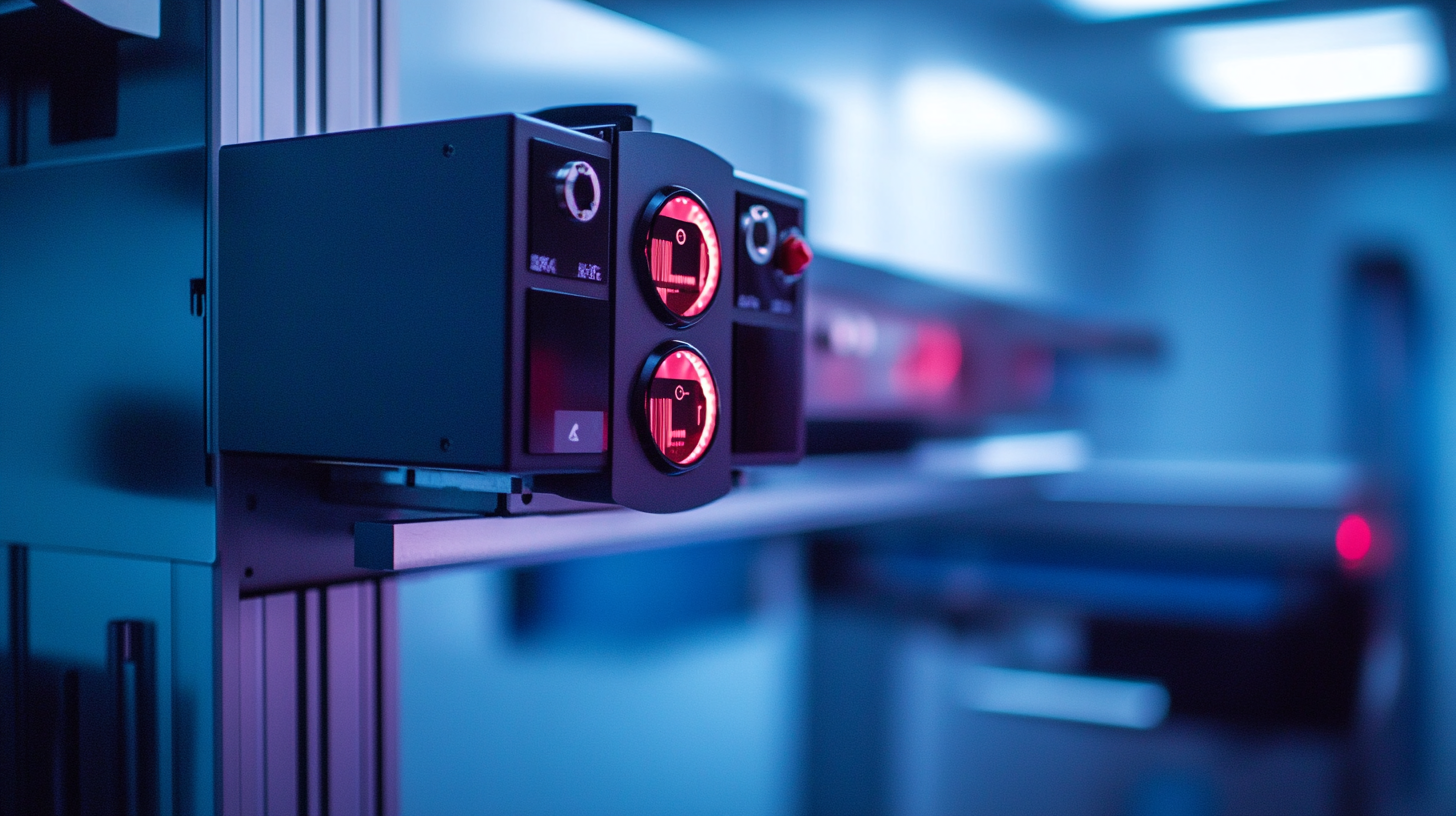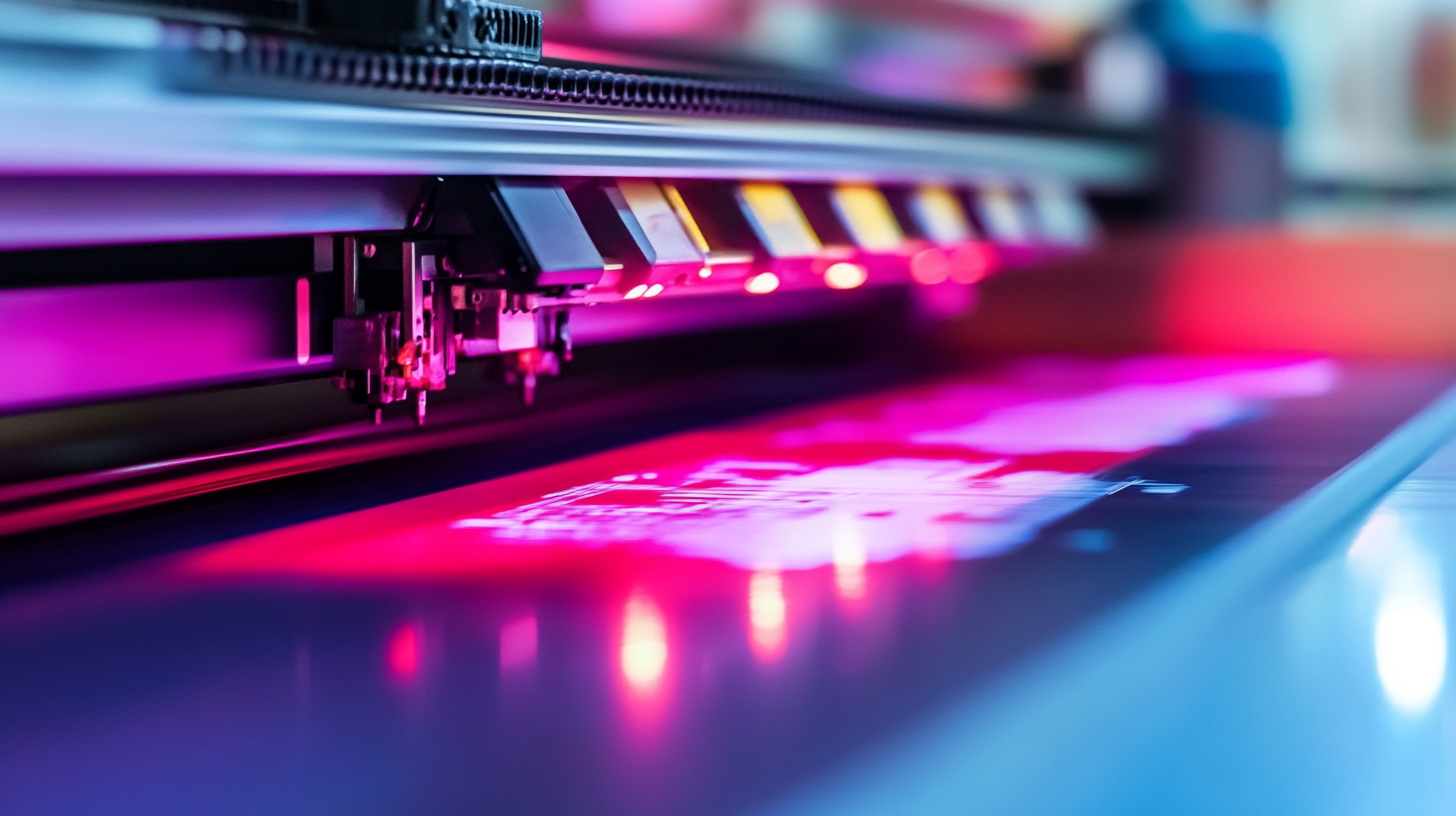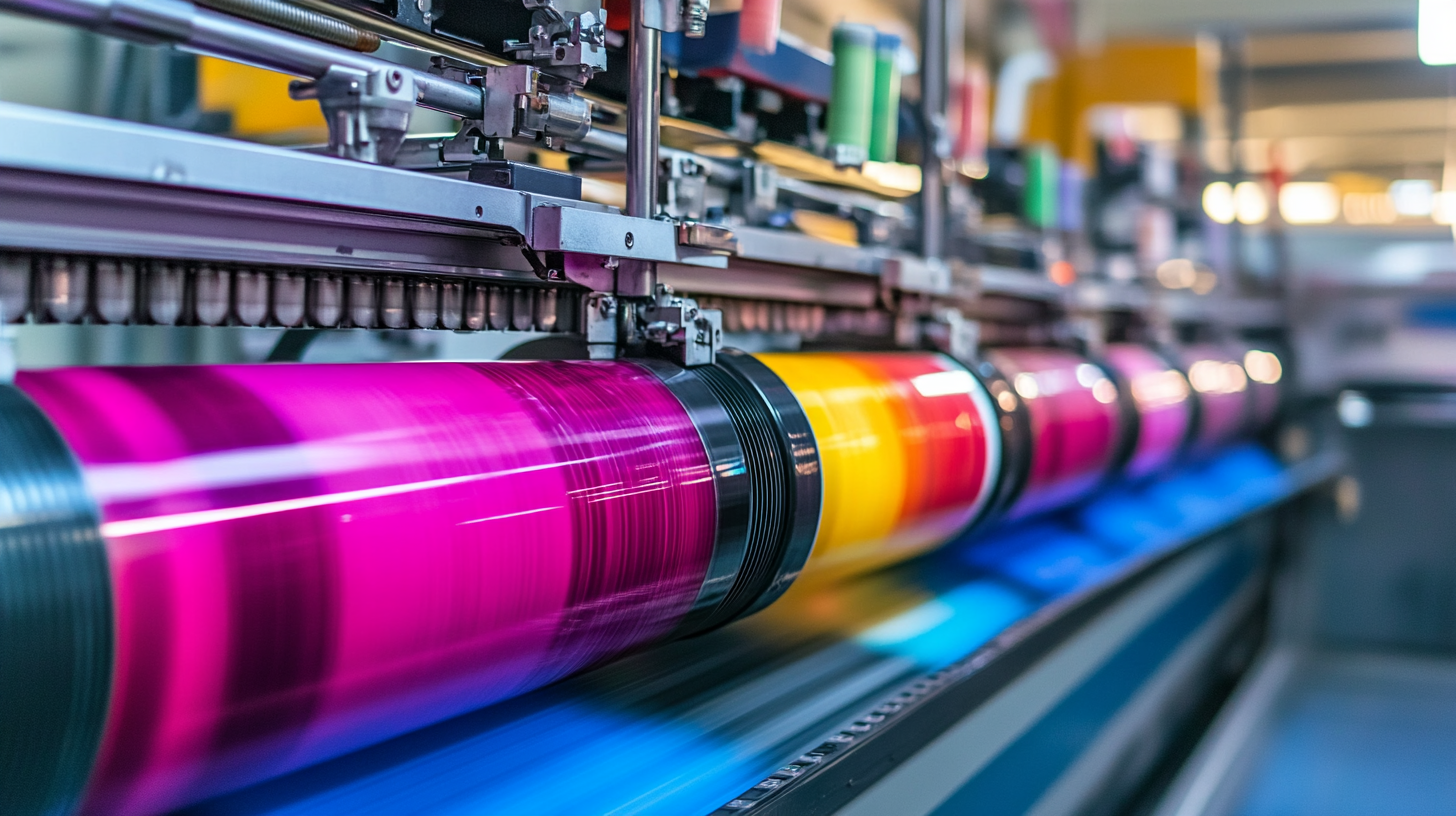Partner Login
Enter your username and password here on order to log in on the partner portal:
No registered partner yet?
Register nowUltimate Guide to Choosing the Best Inkjet Coder: Key Features and Industry Insights
In today's fast-paced manufacturing environment, the importance of precise and reliable marking cannot be overstated. An inkjet coder is a vital tool that enhances product identification and compliance with regulatory standards across various industries. With a plethora of options available, choosing the best inkjet coder can be a daunting task. This guide aims to simplify that process by exploring key features that define a high-quality inkjet coder, including speed, resolution, and ease of use. Additionally, we'll delve into industry insights that highlight the benefits of utilizing advanced inkjet coding technology, helping businesses improve their operational efficiency and maintain competitive advantages. Whether you're a seasoned professional or new to industrial coding, understanding the benefits and functionalities of inkjet coders will empower you to make an informed decision that meets your specific needs.

Understanding Inkjet Coders: Types and Applications for Every Industry
Inkjet coders have become indispensable tools across various industries, providing reliable and high-quality marking and coding solutions. These devices fall into several categories, each tailored to specific applications. Continuous inkjet (CIJ) coders are ideal for production lines where speed and versatility are paramount, enabling quick and efficient marking on porous and non-porous surfaces. In contrast, thermal inkjet coders offer precision for packaging industries, delivering clear and readable text and barcodes on materials like cardboard and plastics.
Another significant type is the drop-on-demand (DOD) inkjet coder. This technology is widely used for smaller batch productions, allowing manufacturers to print variable data such as expiration dates and lot numbers directly onto products and packaging. Additionally, large character inkjet (LCI) coders are designed for high-resolution printing on larger items, making them essential in sectors like construction and logistics. Each type of inkjet coder serves unique industry needs, enabling businesses to enhance branding, ensure traceability, and maintain compliance with regulatory standards. Understanding these differences and applications is crucial when selecting the right inkjet coder for your operational requirements.
Ultimate Guide to Choosing the Best Inkjet Coder
| Feature | Description | Applications | Industry |
|---|---|---|---|
| Print Speed | Indicates how fast the coder can print information | Packaging, Labeling | Food & Beverage, Pharmaceuticals |
| Resolution | Quality of prints measured in DPI (Dots Per Inch) | Product Dates, Barcodes | Consumer Goods, Electronics |
| Ink Type | Type of ink used, affecting drying time and adherence | Permanent Markings, Labels | Pharmaceuticals, Chemicals |
| Portability | Ease of transporting the coder | On-Site Printing | Construction, Manufacturing |
| User Interface | How easy it is to operate the machine | Setup & Maintenance | Various Industries |
Key Features to Evaluate When Selecting an Inkjet Coder
When selecting an inkjet coder, several key features should be evaluated to ensure optimal performance for your specific application. One critical aspect is the technology used within the coder. According to a report by MarketsandMarkets, the global inkjet printer market is projected to grow from $45.16 billion in 2020 to $64.65 billion by 2026, indicating a robust demand for advanced coding solutions across various industries. This growth is largely driven by the demand for high-speed production and superior print quality, which highlights the importance of choosing a coder that utilizes the most efficient printing technology available.
Another essential feature to consider is ease of use and maintenance. A survey conducted by CISION shows that about 55% of companies prioritize equipment that minimizes downtime and operational complexities. User-friendly interfaces and intuitive software can drastically reduce the time employees spend on training and repairs, leading to increased productivity. Additionally, choose a coder with modular designs that allow for easy access and maintenance, ensuring that your operations remain efficient while adhering to quality standards in coding and marking.
Inkjet Coder Features Evaluation
Performance Metrics That Matter: Speed, Precision, and Reliability
When selecting an inkjet coder, performance metrics such as speed, precision, and reliability are paramount. According to a recent industry report by Smithers Pira, high-speed inkjet coders can achieve print speeds exceeding 800 meters per minute, significantly enhancing production efficiency in fast-paced manufacturing environments. This speed not only boosts output but also reduces waiting times, allowing businesses to meet tight deadlines without compromising on quality.
Precision is equally critical; studies indicate that advanced inkjet technologies can maintain an accuracy of ±0.5 mm in print placements, which is essential for complying with stringent labeling requirements and ensuring consumer safety. In industries like food and pharmaceuticals, where traceability is vital, precise coding can prevent costly recalls and enhance brand reputation. Furthermore, reliability is a key factor, with market research showing that models with robust printhead designs can operate for over 30,000 hours with minimal maintenance, thereby reducing operational costs associated with downtime and repairs. Investing in an inkjet coder that excels in these three performance metrics will undoubtedly yield long-term benefits for any production line.

Industry Insights: Trends Driving Innovation in Inkjet Coding Technology
The inkjet coding market is evolving rapidly, propelled by trends that focus on efficiency and sustainability. As manufacturers strive to innovate, the demand for high-quality inkjet coders is on the rise. Leading companies are adopting technologies that not only enhance speed and precision but also minimize waste. This shift is essential in meeting the changing demands of various industries, including food and beverage, pharmaceuticals, and consumer goods.
Tips for selecting the best inkjet coder include assessing the print head type suitable for your production environment. Depending on your application—be it paper, textiles, or packaging—choose a coder that offers versatility and reliability. Additionally, consider the total cost of ownership, factoring in maintenance and replacement cartridges.
Another crucial aspect is keeping an eye on emerging trends. Technologies that leverage artificial intelligence and machine learning for predictive maintenance are becoming increasingly popular, driving efficiency and reducing downtime. Investing in systems equipped with these capabilities can significantly benefit your production line and enhance overall productivity.
How to Maintain Your Inkjet Coder for Optimal Performance and Longevity
Maintaining your inkjet coder is crucial for ensuring optimal performance and longevity. Regular maintenance can significantly reduce downtime and prolong the lifespan of your machine. One critical aspect is keeping the printhead clean. Accumulation of ink and debris can lead to clogs, affecting print quality. A simple routine of using manufacturer-recommended cleaning solutions can help maintain the printhead, ensuring consistent ink flow and clear prints.
Another essential tip is to monitor ink levels regularly. Running a coder on low ink can cause damage to the system due to overheating or dry firing. By checking and refilling ink promptly, you can prevent these issues and maintain the integrity of your coder. Additionally, keeping the environment where the coder operates clean and free from dust and contaminants can also enhance its performance and reliability.
Lastly, always follow the manufacturer's guidelines for routine checks and servicing. This not only helps in early detection of potential issues but also ensures that your equipment is operating within optimal parameters. Implementing a regular maintenance schedule will go a long way in extending the life of your inkjet coder, ultimately leading to higher productivity and reduced operational costs.
